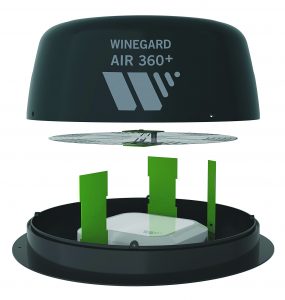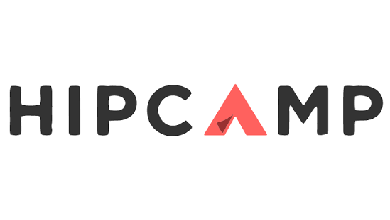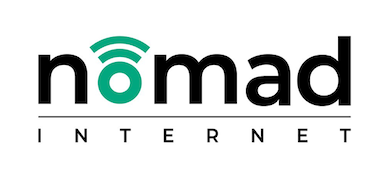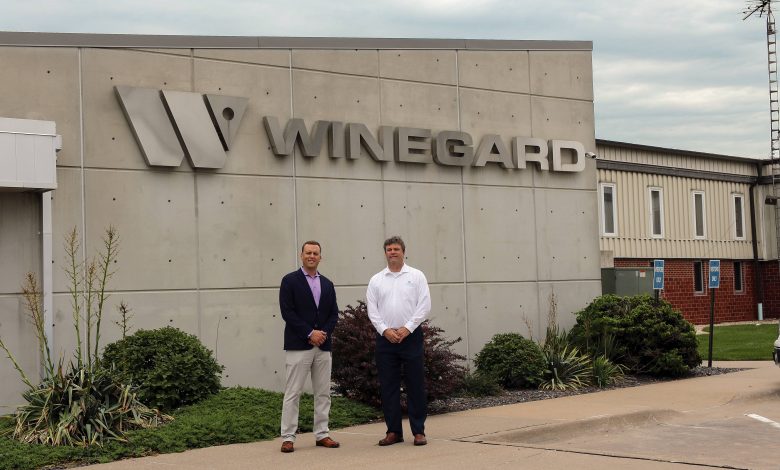
There’s probably no better example of evolving technology than wireless connectivity. The air is literally filled with electromagnetic signals that do everything from linking people through cellular phone service to remotely turning on home appliances.
There’s also probably no better example of a company in the RV industry intent upon harnessing these signals than Winegard Co. Ever since company founder John Winegard invented his first multi-channel TV antenna in 1953, the Burlington, Iowa-based firm has focused on technology designed to connect people wirelessly – much of it developed in-house. Known for its engineering capabilities, the company has acquired more than 90 patents related to its telecommunications business.
In August, however, Winegard made its first acquisition, buying WiFiRanger – a move that significantly expands Winegard’s expertise in the rapidly evolving software side of wireless technology.
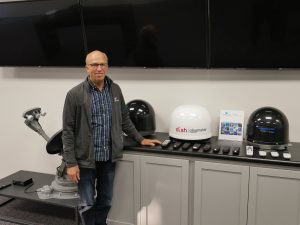
“WiFiRanger has a great product, especially from a software standpoint, and Winegard has a great product from a hardware standpoint,” says Marvin Metzler, Winegard senior director of business development for mobile products. “It wasn’t a question of our software being good or their hardware being good. They are. But there are certain things that people want on the technical side that we didn’t offer and there are certain hardware components that WiFiRanger didn’t offer but we did. It just made sense to be able to say, ‘Hey, let’s bring the two companies together and we can build some awesome products going forward.’”
While Winegard has branched out through the years into other markets including marine and commercial trucking, WiFiRanger has remained focused on improving connectivity during RV travel. The Meridian, Idaho-based company was founded by CEO Kelly Hogan, who experienced problems staying connected while moving about the country with his Airstream travel trailer as he signed up campgrounds for a related wireless communications business, NomadISP.
According to the company website, the WiFiRanger router Hogan developed in 2010 now has more than 135,000 units in the field. WiFiRanger offers both indoor and outdoor routers in several configurations, based upon performance, and have a range of 1 to 2 miles.
“As technology evolves and companies invest in the new 5G cellular network being rolled out, you need a lot of engineers and others who have the knowledge to make it work and make the products worthwhile – especially in the RV market,” Metzler adds. “We have an entire staff of engineers who can assist WiFiRanger with some of the things they are working on. They, in turn, have people who can help Winegard on some projects, as well.”
According to Metzler, technology is already being shared between the two companies. “Not across the board, but we are already integrating things within certain products,” he says.
Currently, there are no plans to combine the two companies at Winegard’s Iowa campus.
“They will continue to work at their Idaho location and the management will remain in place,” Metzler says. “It’s a great company and they have a great team.”
Relationship-based Business
The acquisition also is expected to boost Winegard’s telecom market share in the RV industry, which, according to James Witty, director of sales of Winegard’s RV OEM division, has already seen a dramatic jump in recent years.
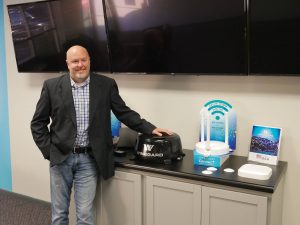
“When I took over as director of sales about three years ago, our market share was 36 percent. It’s currently about 84 percent,” says Witty, who works out of the Winegard Innovation Center in Elkhart, Ind. Witty credits that rapid doubling of business with a change in thinking.
“We changed our overall philosophy, our sales strategy, and how we’re going to operate day-to-day,” he says. “When I came on-board, one thing I noticed is we didn’t really have a plan in place. Now we do, and it has three parts: we have a daily call cycle for the reps and our auditors go out daily to do audits; we handle all issues the same day; and we’ve created relationships with higher-level management, including product managers, general managers, vice presidents and presidents, so we could sell business.”
As Witty points out, the RV industry is, in large part, a relationship-based business, “and it’s important to have those relationships.”
Another change to existing philosophy was to include OEMs in initial product development discussions, rather than simply pushing products.
“We thought a better concept was to develop a new idea for a product, then visit the OEMs and have them give us their input,” he says. “We have an advantage at Winegard in that we’re an engineering-based company, so we can take these ideas and create something new.”
As an example, Witty cited the need expressed by OEM reps for Wi-Fi 4G, “so we came out with a Wi-Fi 4G prep that tied into our Connect 2.0.” The Connect 2.0 links to nationwide 4G LTE for uninterrupted in-motion and stationary coverage for mobile devices, ‘smart’ TVs, gaming systems and computers.
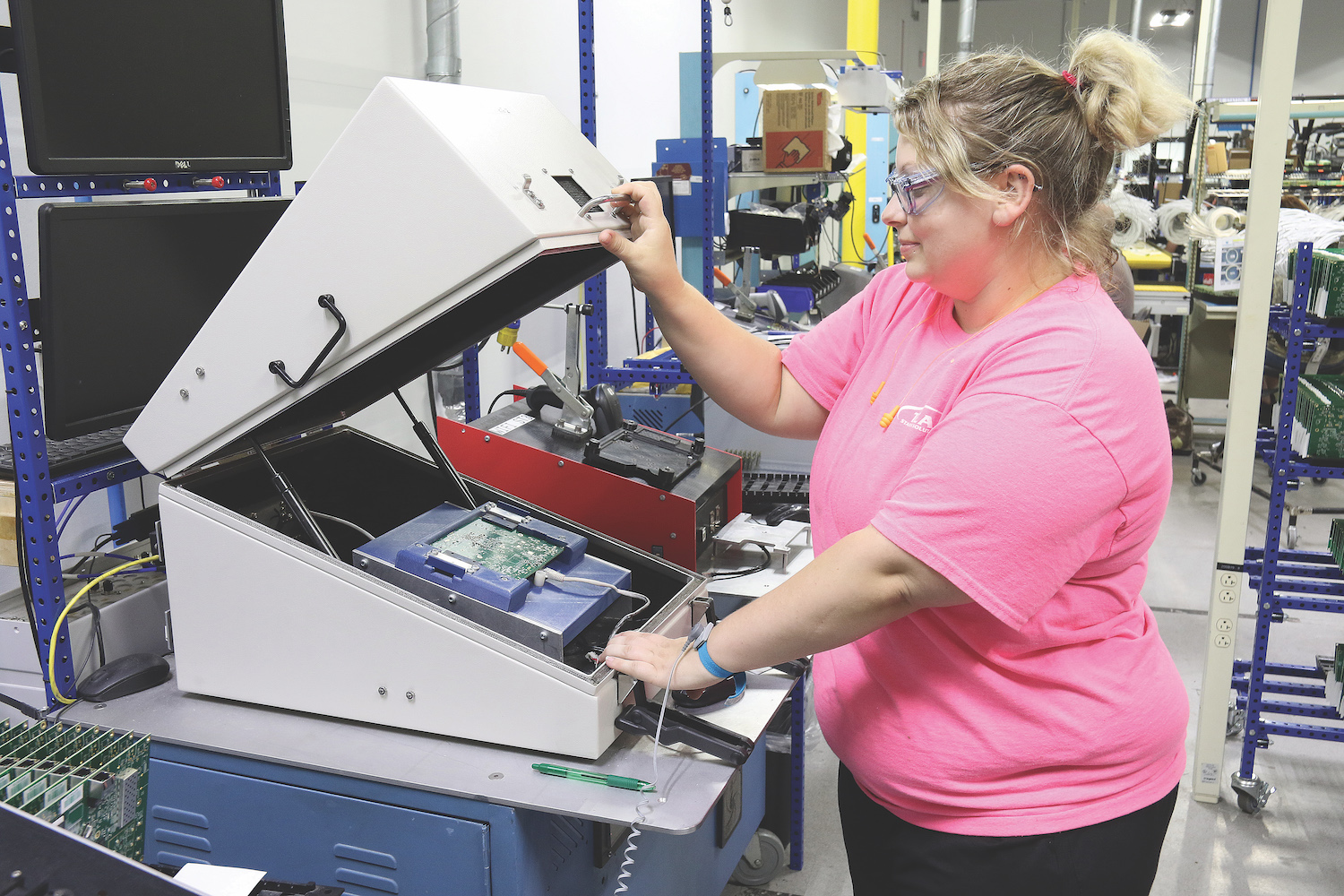
“Another area where OEMs expressed concern was on the number of rooftop accessories,” Witty adds. “They said, ‘We don’t want two domes on the roof.’ So, we developed an Air 360 Plus (an amplified omnidirectional VHF/UHF and FM antenna) that combined the antennas and prep into the sub-base of an Air 360.”
Witty also subscribes part of the company’s recent growth to its status as an American manufacturer.
“During this tough time with the COVID-19 coronavirus, we haven’t had any backlog items because everything’s manufactured in the United States,” he says. “We just purchase a few parts overseas, like our boards – but even those are soldered in the U.S. So, we haven’t had any issues with not being able to provide products to OEMs in a timely manner.”
RV-centric Virtual Assistant Debuting Soon
While new products are displayed throughout the Winegard Innovation Center in Elkhart, Ind., perhaps the most impressive display is the center’s north wall, where dozens of the company’s patents are framed and exhibited. It may be on the receiving end of an addition or two as Winegard approaches final development of RV Halo Voice, a new virtual assistant.
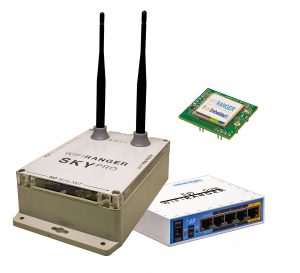 With more homes being equipped with ‘smart’ appliances capable of being operated by Amazon’s Alexa, a cloud-based service, virtual assistants are becoming familiar. The difference is that RV Halo Voice has been designed and engineered specifically for RV use.
With more homes being equipped with ‘smart’ appliances capable of being operated by Amazon’s Alexa, a cloud-based service, virtual assistants are becoming familiar. The difference is that RV Halo Voice has been designed and engineered specifically for RV use.
“Winegard is moving from like an antenna satellite company to an ‘Internet of Things’ (IoT) company,” says Witty. “One product under that umbrella is a voice-activated smart hub control module called the RV Halo Voice. It will operate anything that’s in the control panel or the multiplex system – and it can combine com- mands, as well. You can say, ‘Halo, set up camp’ and it will extend the awnings, operate the slide-outs, turn on the lights – anything that you have programmed into it, it can do, either together or individually.”
As Witty explains, a big difference between RV Halo Voice and home-based virtual assistants is that Winegard’s product can be operated both online and offline.
“That’s important for the RV industry, because when a coach is sitting on a dealership lot it’s probably not connected to Wi-Fi or 4G – but dealers still want to show prospective customers that the coach is actually operational via voice. And when it’s online, it actually has Alexa software in it, so whatever you can do with Alexa, you can do with that online solution, too. It’s a really great product.”
That excitement, Witty adds, is apparently shared by manufacturers, with some company reps telling him they had been considering equipping units with Alexa before Winegard’s team met with them.
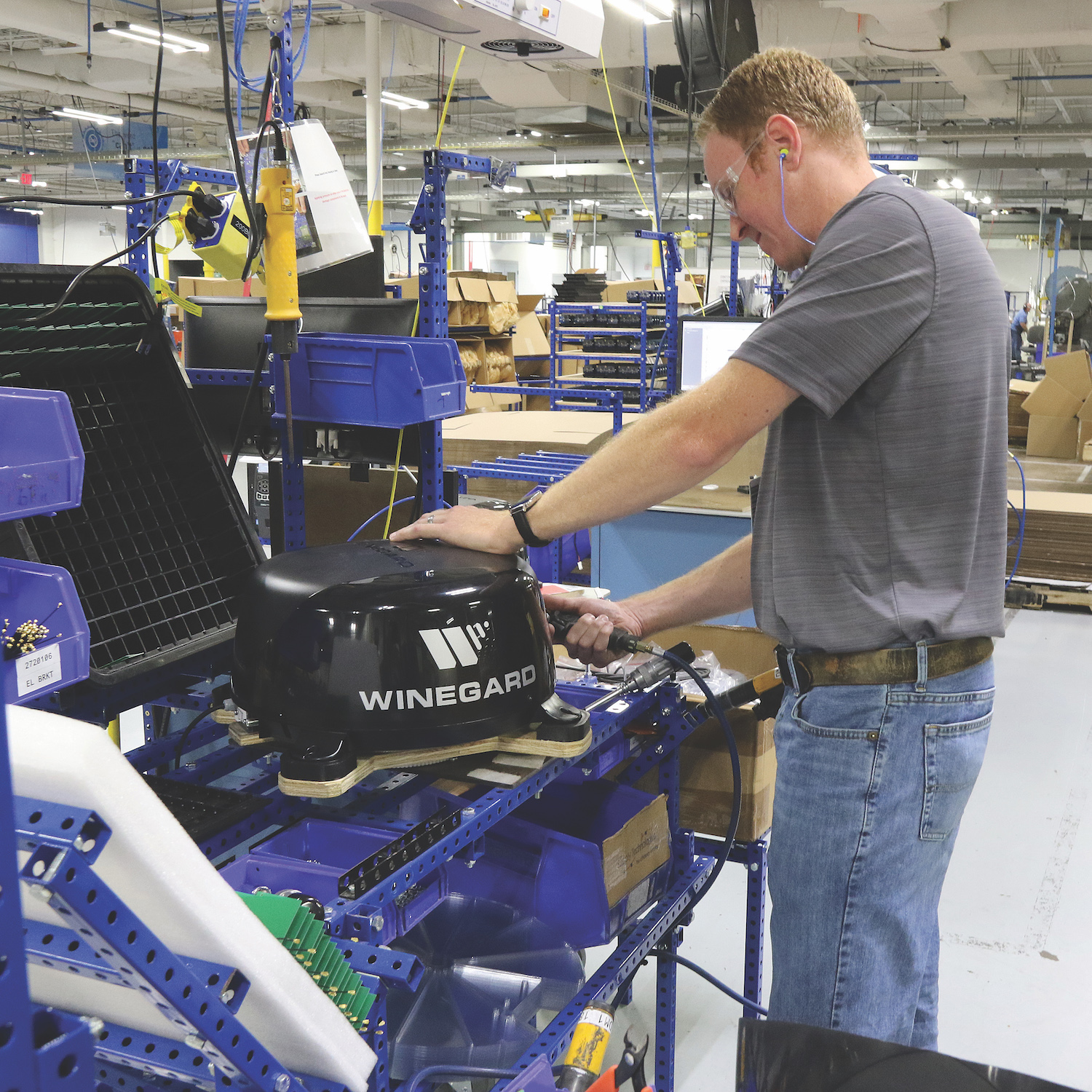
“We’ve already met with about 30 different OEMs – and pretty much all of them want to prototype the product,” he says. “I’ve been involved with about 20 different product launches in my career, including five here at Winegard, and of them all, this has been the most successful, initially.”
Currently, RV Halo Voice is slated to be prototyped in the first quarter of 2021, with a target date for full production starting in the second quarter. It is designed to connect and communicate with onboard control panels using RVC as well as having other options,” Witty says, adding that it’s easy to install. It’s intended to be a factory installation, although he says Winegard also is considering a possible prep option for the aftermarket.
“We should be able to match up with OEM model changes for the 2022 model year, which usually are introduced between June and August,” Witty says. “I think it will be a huge hit at September’s RV Open House Week.”
For Winegard, RV Halo Voice is a natural extension of its decades- long focus on telecommunications, as well as the RV industry’s push to create more home- like environments.
“I used to sell coaches factory-direct, and remember a person once asked me, ‘How do I connect with Wi-Fi?’ It was an awkward moment, because there was no Wi-Fi installation at the time for that particular coach,” he says. “People expect it. They want to have the comforts they have at home and increasingly they have smart homes. No one is delivering on that more than Winegard.”
